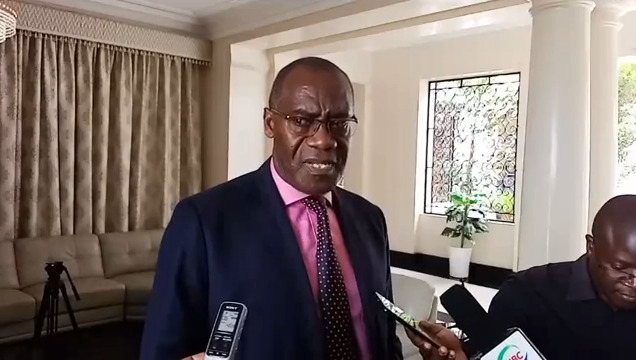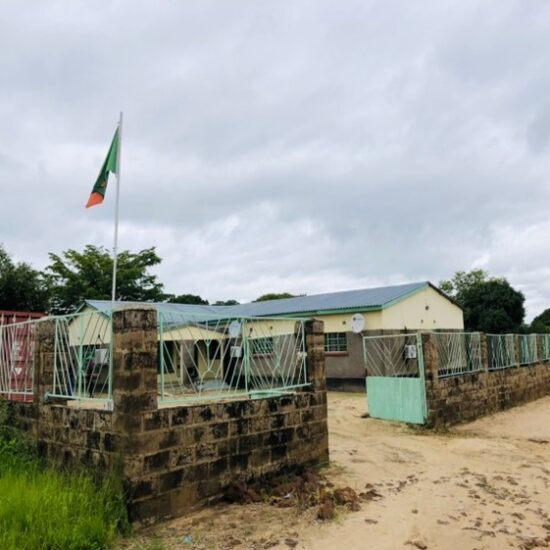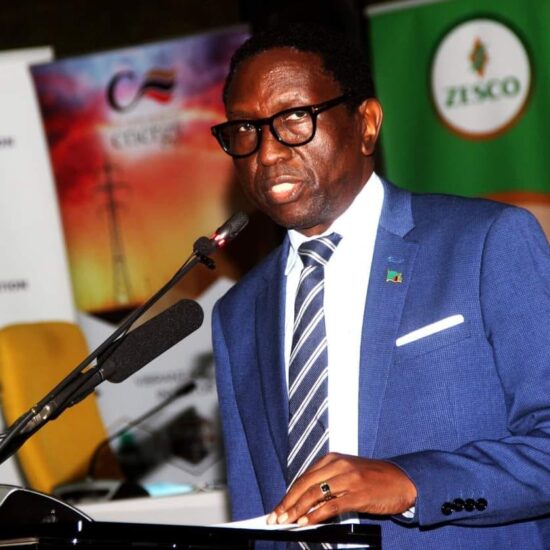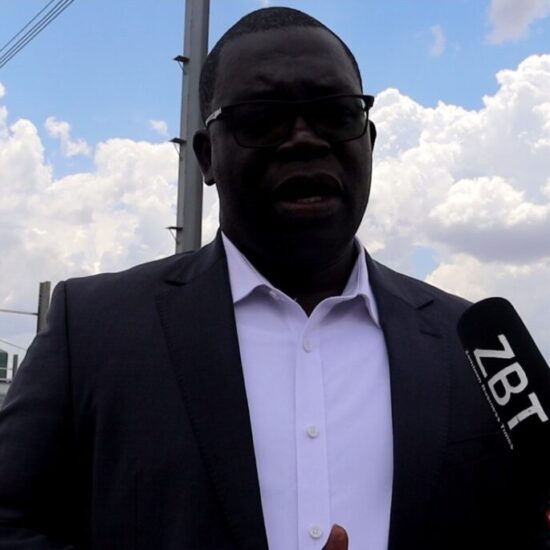
Finance Minister Dr. Bwalya Ng’andu has said the country will soon start importing power from South Africa’s power utility company ESKOM in order to cushion load shedding. Eskom has a more diversified power generation mix that include thermal, solar and wind sources.
Briefing the media at State House on November 14 2019, after the International Monetary Fund(IMF) paid a courtesy call on president Edgar Lungu, Dr. Ng’andu said money for the importation of power has already been paid to ESKOM. He said Zambia will spend about US$27 million on a monthly basis in order to import 300 megawatts of power.
Dr. Ng’andu added that the country has sufficient funds to sustain the importation of power from South Africa. He disclosed that government has settled the money it owed Maamba Collieries and expects that maintenance works on the power plant will be completed soon.
Meanwhile, Dr. Ng’andu said a team of three officials from IMF is in the country to assess the microeconomic situation. He added that the IMF team which will be in the country for six days expressed confidences that the country will triumph over its economic challenges.
‘‘In view of the pending power import, government has partially made a payment to ESKOM of South Africa for importation of power, in total government will be spending about US$27 million monthly for importation of power”.
”I can safely say here that we have sufficient funds for this undertaking. On Maamba we have settled the bill and we hope that maintenance works at the power plant will be completed soon so that it can resume full electricity generation capacity,’’ said Dr. Ng’andu.
The Finance Minister did not however state which expenditure line has been suspended to pay for the current power imports or weather the sundries or supplementary expenditure lines are adequate to sustain the imports.
The rainy season has now commenced in most parts of Zambia which has brought hope that the hydro power sources would in the next two to three months be replenished to resume full power generation. However, the medium to long term solution remains in diversification into thermal, solar, wind and nuclear power as the country has adequate local capability.
As for the proposed tariff adjustment, stakeholders have called for a more scientific method of arriving at the retail and commercial rates based on the cost of service studies. The final tariff is expected to reflect the projected and blended rate that would allow continued investment into more green and sustainable energy sources.








